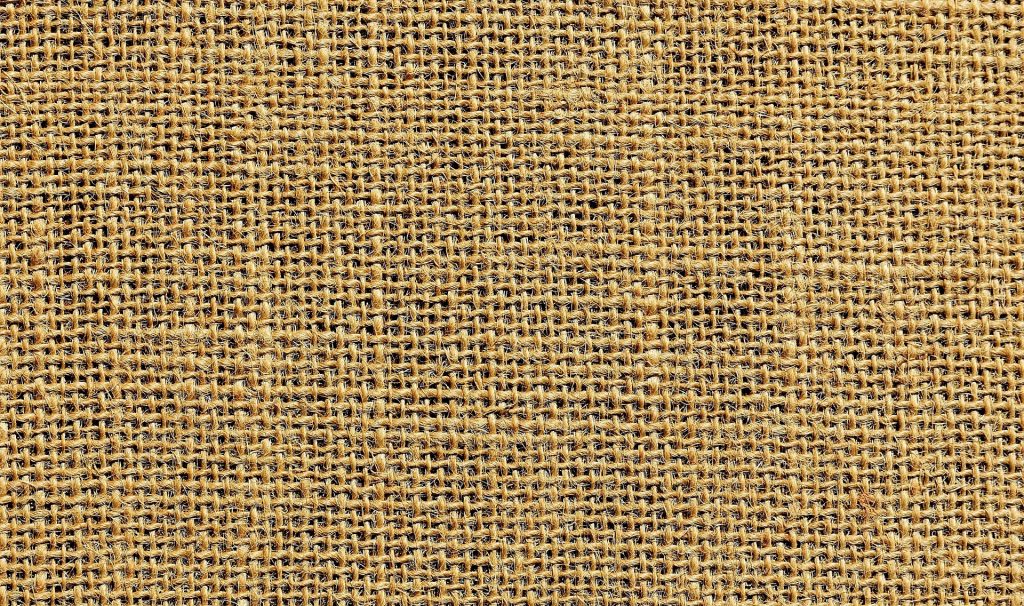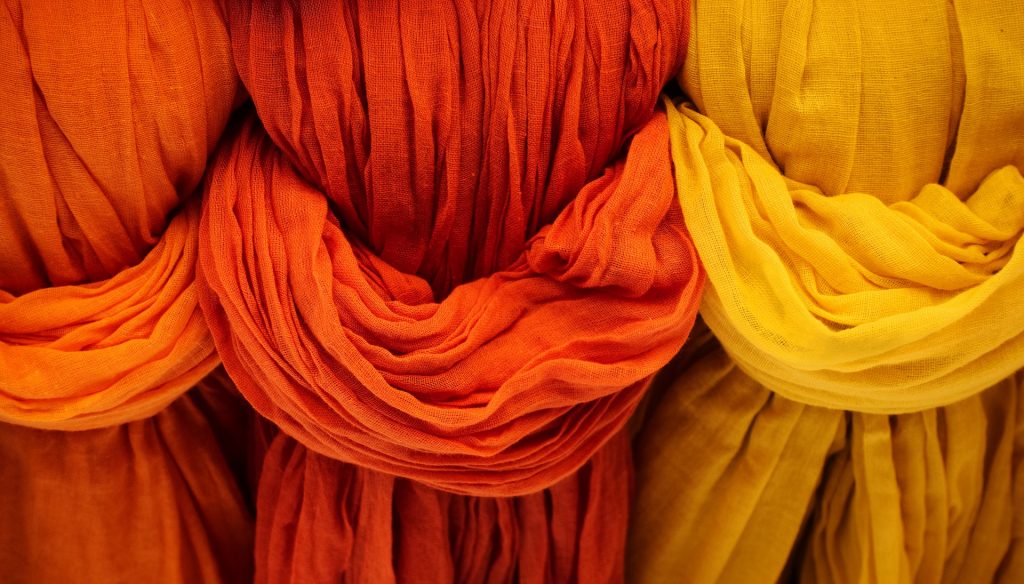
5 Things You Want to Avoid Doing at All Costs
1. Not Ordering on Time
One of the worst mistakes is waiting too long before ordering production yardage, especially if you plan to sell wholesale. After having sourced sample yardage, you can then go back to the supplier to purchase production yardage.
Imagine having included specific materials in your collection, shown your line to retailers, taken orders, only to find out you can’t order more yardage now that production is starting? That would not only be disheartening but can also be catastrophic for your business. You risk losing potential clients over mistakes like this.
It’s even harder for small businesses that usually order small yardage. To ensure you have the exact print you need for production, you need to understand the importance of ordering on time and being rigorous when it comes to sourcing and procurement processes.
2. Buying Fabric Before You Need Them

While it’s true you want to have the right amount of fabric for the production stage we are not telling you to buy it before you even know how you plan to use it.
No matter how billowy, breathable or gorgeous the fabric may be, you can’t order any fabric you love only on the basis that SOMEDAY you’ll use it. If you don’t need it for anything now, don’t buy it.
Purchasing fabric that you won’t use immediately have several drawbacks, such as:
- It ties up your cash for very long.
- The fabric will occupy crucial space in your studio.
- The material can go out of fashion, and you might not be able to use them in the foreseeable future. This will only create unnecessary stress for you.
3. Presume that the Same Dye Lot Will be Used for Production Yardage and Sample Yardage
Pro tip: Do not try to perfectly match fabrics. Just as mentioned above, even if the samples and the fiber contents match, you can still run the risk of getting a production yardage that is not quite the same color as the sample. Instead of a matching ensemble, you’ll get the exact opposite of what you wanted: colors that clash.
If you are lucky enough, you may have ordered a production yardage that is easy to sell wholesale. If not… Yep, you got that right: business lost. On top of that, you may lose money for ordering the wrong color. Not ideal if you have just kicked off your company or if you are a smaller business.
4. Not Doing a Quality Check

We can already see you scrunching your eyebrows at this. But we are going somewhere with this – checking for quality is not only about taking a swatch from one of the fabric rolls. What you need to do is check the whole fabric rolls. That’s right, open all of them and ensure you check them well. If it’s too much hassle to roll them open and re-rolling them, consider paying your cutting house an extra fee and ask them to do it for you once they receive the production fabric.
While you may think it’s just an unnecessary additional expense, bear in mind that if too much time passes before you start cutting the rolls for production, you will not be able to return the rolls to your supplier even if there are issues or flaws in the fabric.
5. Looking for the Perfect Fabric
You might be tempted to decide on the ideal type of fabric and then start browsing. The problem with this method is you might waste a lot of time looking for that fabric, pay too much for it or find out the quantity available is just not enough for your particular needs.
What You Must Do Instead
For a reliable fabric sourcing strategy, designers should work backward:
- Go to fabric vendors and just browse around.
- See if they have fabrics that will fit your price range.
- Confirm if they have enough for you.
- Design your collection around those fabrics and trims.
- Order samples
Questions to Ask Your Supplier
To make fabric sampling and ordering easier, we’ve come up with a list of questions you can ask the vendor you plan to do business with:
1. Quantity
Ask the vendors if they have minimum quantity imposed on all orders. If your business is a start-up it will be hard for you to estimate the amount of fabric that will be needed for production. Vendors that allow for smaller orders will be helpful in this case.
2.Lead time
Lead time for production and delivery is key to planning your production schedule.
3. Availability
Remember to check stock availability and continuity in advance. You don’t want to find out that the supplier discontinued the fabric you wanted only when you are about to start production.
4. Price
Whether you are ordering small or large quantities of materials, you want to choose a supplier that offers wholesale and tiered pricing.
